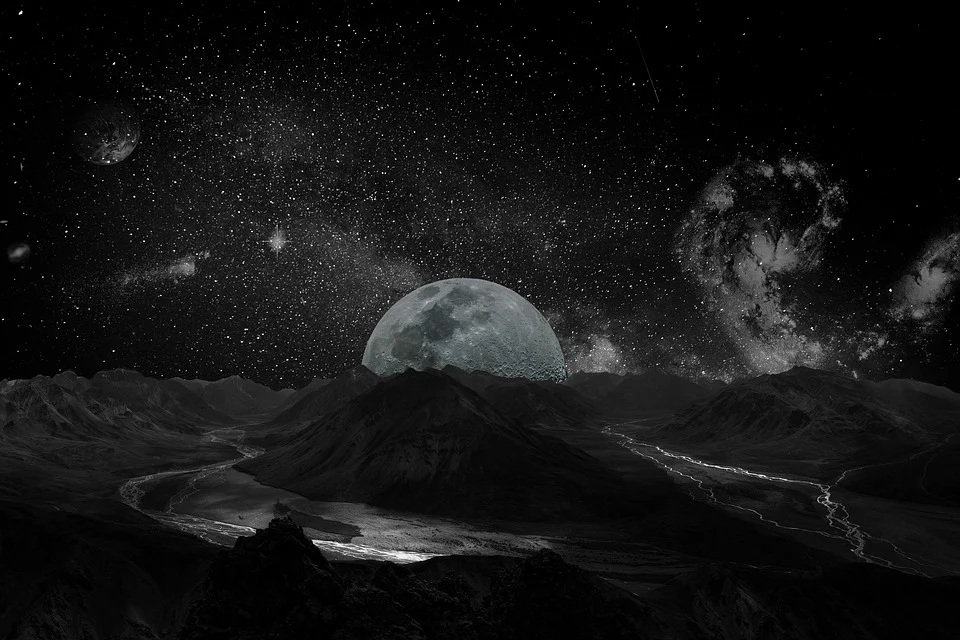In news
Chandrayaan-2 has completed more than 9,000 orbits around the Moon, and the imaging and scientific instruments on board have been relaying excellent data.
Details
- The Indian Space Research Organisation (ISRO) opened a two-day Lunar Science Workshop 2021 on Monday to commemorate the completion of two years of operation of Chandrayaan-2 spacecraft around the lunar orbit.
- Chandrayaan-2 spacecraft are conducting remote sensing and in-situ observations of the Moon at around 100 km altitude from the lunar surface.
- The science data are being made available for analysis by academia and institutes, for a greater participation to bring out more science from Chandrayaan-2 mission.
Outcomes
- The imaging payloads of the orbiter -- TMC-2 (Terrain Mapping Camera-2), IIRS (Imaging IR Spectrometer) and OHRC (Orbiter High Resolution Camera) have sent us breath-taking pictures of the Moon.
- The science results from the eight payloads are being presented by the scientists in the workshop being held virtually.
Chandrayaan-2 Mission
India’s second mission to the Moon, Chandrayaan-2 was launched on 22nd July 2019 from Satish Dhawan Space Center, Sriharikota.
Objective
- Moon provides the best linkage to Earth’s early history. It offers an undisturbed historical record of the inner Solar system environment.
- Though there are a few mature models, further explanations were needed to understand the origin of the Moon. Extensive mapping of lunar surface to study variations in lunar surface were essential to trace back the origin and evolution of the Moon.
- Evidence for water molecules discovered by Chandrayaan-1, required further studies on the extent of water molecule distribution on the surface, below the surface and in the tenous lunar exosphere to address the origin of water on Moon.
- The Lunar South pole is especially interesting because of the lunar surface area that remains in shadow is much larger than that at the North Pole.
- There could be a possibility of presence of water in permanently shadowed areas around it. In addition, South Pole region has craters that are cold traps and contain a fossil record of the early Solar System.
Source: The Hindu





